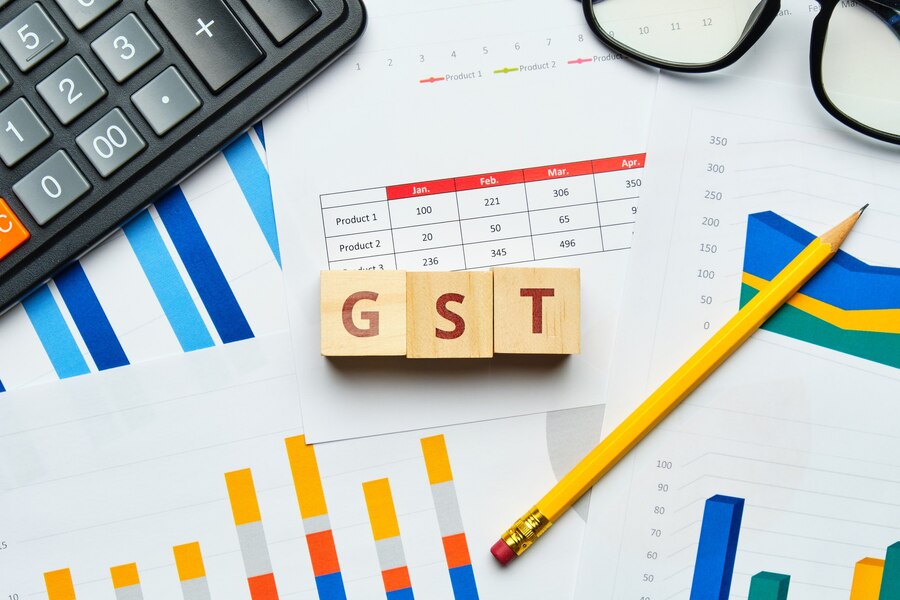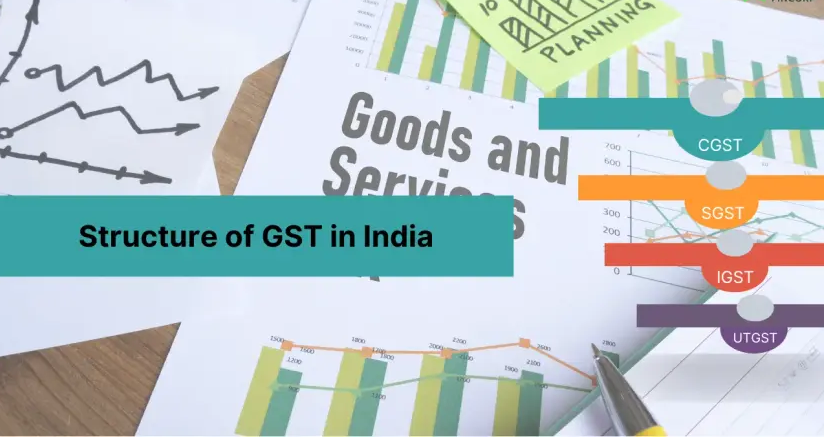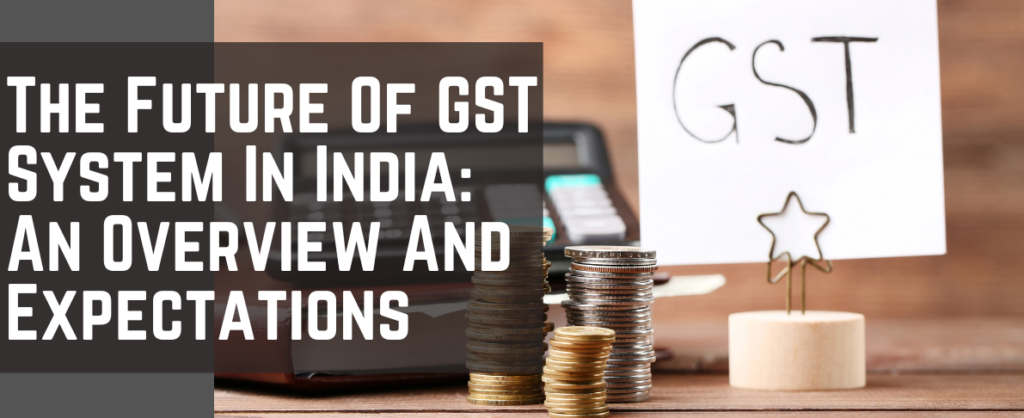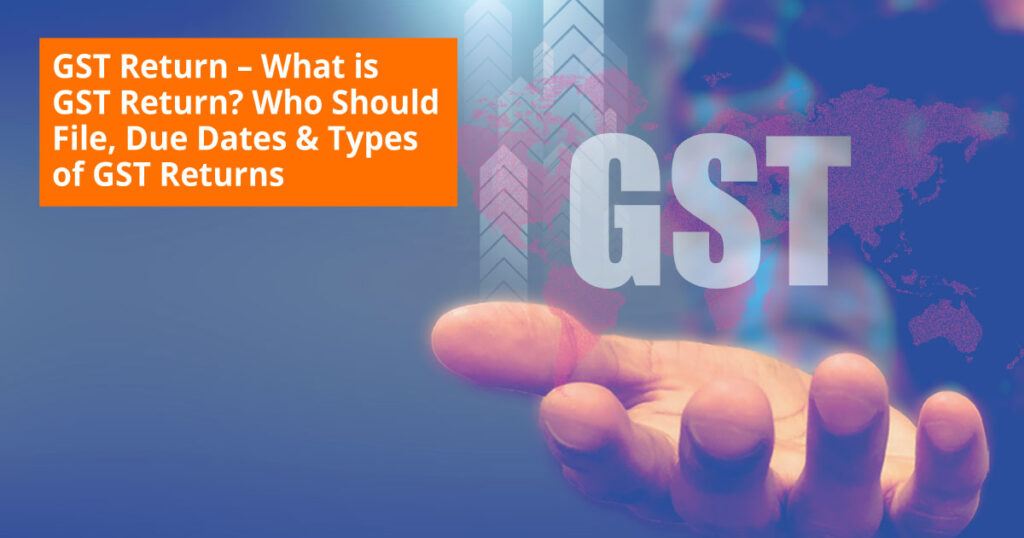India’s GST System in 2025: Trends, Updates & Future Outlook
The Goods and Services Tax (GST), implemented in July 2017, has not only revolutionized India’s indirect tax system but also fostering a unified market and improving compliance. As we approach 2025, GST is poised for further evolution, driven by advancements in technology, economic reforms, and the need for simplification. This blog delves into the anticipated trends and changes in GST, providing businesses with a roadmap to adapt and thrive in the future.


1. Increased Digitization in GST Processes
Technology will play a pivotal role in the evolution of GST. Key developments expected by 2025 include:
Expansion of E-Invoicing: E-invoicing, already mandatory for larger businesses, is expected to extend to smaller enterprises, ensuring a seamless flow of data and reducing manual errors.
AI-Powered Compliance Tools: Artificial intelligence and machine learning will drive smarter compliance monitoring, helping identify discrepancies and prevent tax evasion.
Enhanced GST Portal: The GST portal will continue to evolve, offering a more user-friendly interface, faster processing, and improved backend support for taxpayers.
2. Rationalization of GST Rates
Simplifying the GST rate structure remains a priority for policymakers. Changes on the horizon include:
Consolidation of Tax Slabs: Discussions about merging the 12% and 18% tax slabs into a single rate could materialize, reducing complexity for businesses.
Dynamic Tax Adjustments: Regular reviews of tax rates for goods and services will ensure alignment with economic conditions and consumer needs.

3. Inclusion of New Sectors
To broaden the GST base, additional sectors and products may be brought under its ambit:
- Petroleum and Real Estate: These sectors, currently outside GST, could see inclusion, simplifying their tax structure and boosting transparency.
- Digital Economy and Gig Platforms: The growing digital economy may face enhanced GST regulations, ensuring fair taxation of online services and gig platforms.
4. Focus on MSMEs
Micro, Small, and Medium Enterprises (MSMEs) will benefit from targeted reforms, including:
- Simpler Compliance Norms: Reduced filing requirements and automated systems tailored for small businesses.
- Tax Incentives: Special schemes to encourage digital adoption and exports among MSMEs.
5. Global Alignment and Cross-Border Transactions
GST reforms will aim to align with global practices, facilitating international trade:
- Simplified Export Refunds: Streamlined refund processes for exporters to enhance ease of doing business.
- Harmonization of Tax Rules: Collaborative efforts with other countries to standardize GST treatment for cross-border transactions.
Structure of GST
The structure of GST levies different types of taxes in India based on their sources and destinations. Here is an explanation of each type:
| Tax Type | Full Form | Description |
|---|---|---|
| CGST | Central GST | The central government imposes CGST on the movements of goods or services within a state. |
| SGST | State GST | The state government imposes SGST in the state where the transaction, sale, or consumption of goods or services takes place. |
| IGST | Integrated GST | IGST applies to all goods or services moving between two or more states or union territories. |
| UTGST | Union Territory GST | The central government imposes UTGST on goods or services moving within the Union Territories of India. |




